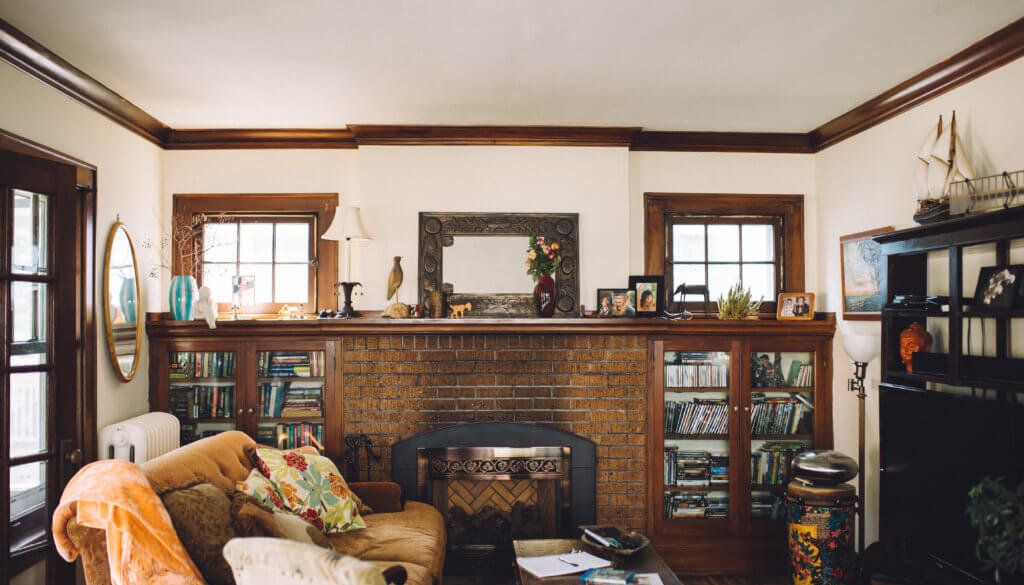Ask an Expert: Rates are rising, but you can still save money.
Last year, the rate for a 30-year fixed mortgage jumped past five percent for the first time since 2011. While rates have gone down a bit since then, they are expected to continue on an upward trend in 2019. With this in mind, it’s important to talk to your realtor and banker so that you can get the home you want.
Setting expectations and taking extra time to save will help ensure you’ll be able to handle the mortgage you take out. It also means you won’t waste any time looking at homes that you can’t actually buy.
Here’s how to better understand the costs involved and what kind of price range you can source options from.
Educate Yourself About the Current Market
Whether you’re a first-time homebuyer or you’ve been through the process before, you can come to the table with unrealistic expectations if you don’t understand specific market conditions today. Your assumptions about housing prices may be outdated or based on the real estate market in a different location.
Start by talking with your realtor to get a clear picture of what the market is doing now, and in specific neighborhoods that interest you. If it’s a seller’s market, know that you may need to adjust your expectations on where you’d like to live or the size of the home you want to buy.
Market conditions will impact how much house you can afford, not because of how your household income will change but based on specific trends. If demand is low but a lot of people want to sell, you could get more value for your dollar. On the other hand, if there aren’t many houses for sale but you want to buy in a specific area, you may have to pay more and should be prepared to get less in return.
Set a Realistic Budget
Weed through your list of “wants” and identify what’s a true must-have and what’s simply a luxury. Keep in mind that simple fixes or upgrades can make a big impact on a home that you know has great potential but doesn’t show as well and is priced to match. Know what’s truly worth spending money on and what’s simply a set of bells and whistles that don’t add much real value. While super-custom built-ins or a pool may catch your eye, they tend to cost more over the long run. (note: want more resources? Click here)
The Power of Saving
Setting aside more money for a higher down payment means you’ll have to borrow less money and will save on interest. Taking time to save an extra $5,000 or $10,000 on top of what you already are planning to put down can help offset rising rates. While you may have to put your move on hold for a bit, you’ll benefit in the long run, even if rates go down.
Know the True Cost of Homeownership
There’s a mortgage, property tax bill, and homeowner’s insurance policy to pay each month. Use a mortgage calculator or partner with a Mortgage Loan Officer to setup a financial wellness review.
Also, don’t forget to add in homeownership association (HOA) or condo fees where applicable. And how about the cost of maintenance on a yearly basis? What’s the average utility cost?
Whether rates go up or down, clearly seeing the big picture — and the all-in cost of homeownership — can help you set realistic expectations and a budget that you can truly handle. Once you do, you can focus on seeing homes that fit within your price range and help make sure you’re qualified to put in an offer if you find something you love.
Steven Mendelsohn is a Mortgage Market Manager for KeyBank in Western New York, NMLS# 532123. He can be reached at steven_mendelsohn@keybank.com


